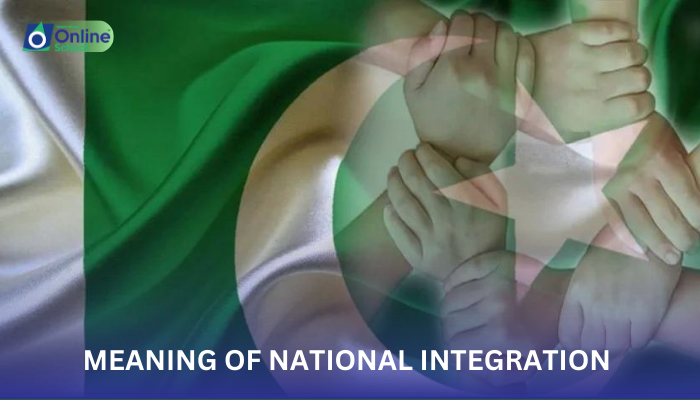
In order to understand the meaning of national integration, we must first of all have a clear comprehension of the terms like 'Nation' and Nationality'. The concept of 'Nationality' was first defined in distinct terms by the Muslim historiographer and sociologist Ibn-e- Khaldun; he gave it the name of Asabia and said that the sentiment of nationhood (Asabiya) forms the basis of civil life, and the rise and fall of human groups greatly depends on this sentiment.
Among the modern western political scientists Laski is the person who has defined 'Nationality' in clear terms, according to him, the feeling of nationhood 'marks off those who share in it from the rest of mankind'.
This implies that if a particular group of people develops a feeling that they are one among themselves, and the factors that make them one, mark them off and separate them from the rest of humanity, the group of people turns into a nationality and taking a step forward, this nationality transforms itself into a nation. (Nation is a nationality having political aspirations.) This is a normal course, passing through which, unidentifiable groups of people gradually develop into well-defined and identifiable national groups. Members of any group of people are, generally, different form each other in many respects, and at the same time they have certain, things in common. But for one reason or another, they are inclined to forget their differences and strengthen their bonds of unity, when this happens, a nation is formed. Reasons that separate the members of a civil society from one another, or in other words, the points of difference they have, are called 'centrifugal forces'. These forces act like the centrifugal pump of a tube well or a fountain, which separates single stream of water flowing in its hose, into numerous parts and spreads it in different directions. On the contrary, the forces that attract different scattered parts towards one centre and create a sense of unity among the members of a group, are called centripetal forces. If you place a magnet bar in the midst of common pins, you will easily understand what centripetal force works like. A nation can survive only if the centripetal forces working within it are more powerful than the centrifugal forces working on its members. If the binding or cementing forces working on its members are more powerful than the disintegrating factors or centrifugal forces, we say "national integration" is present. When the position gets visa versa and centrifugal forces start to overpower or dominate the centripetal forces, it is said that the nation has developed tendency to disintegrate and it is bound to disintegrate sooner or later. This discussion leads us to the conclusion that in order to achieve the ideal of national integration presence of all nation-forming factors (ie, race, language, geography, religion etc.) is not required, the only thing required is that the factors that are not common or identical in the members of the group should develop a habit to make themselves willingly and voluntarily subservient to common or stronger factors of national integration.